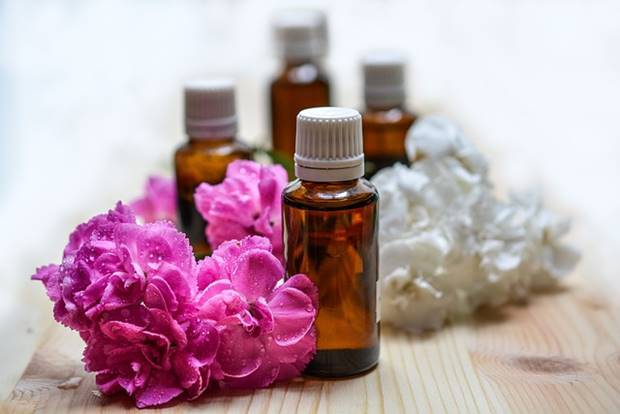
Scars can be a lasting reminder of wounds, surgeries, or skin conditions, affecting not only our physical appearance but also our self-confidence. As a result, many individuals seek effective solutions to diminish or even eliminate scars altogether. One natural remedy that has gained attention for its potential scar healing properties is helichrysum (Helichrysum italicum), a perennial herb native to the Mediterranean region.
Helichrysum essential oil, derived from the flowers of this plant, is believed to possess remarkable regenerative and anti-inflammatory properties. It has been used for centuries in traditional medicine for various skin conditions and wound healing. Recent scientific studies have begun exploring its potential as a scar treatment by investigating its ability to promote tissue regeneration, reduce inflammation, and enhance collagen production.
The Science Behind Helichrysum’s Scar-Healing Properties
Helichrysum oil has gained popularity for its potential in scar healing. The science behind its effectiveness lies in its chemical composition and therapeutic properties. Helichrysum contains compounds such as alpha-pinene and gamma-curcumene, known for their anti-inflammatory and antioxidant effects. These compounds help reduce inflammation, promote tissue regeneration, and prevent the formation of excessive scar tissue. Studies have shown that helichrysum oil stimulates collagen production, a crucial protein responsible for wound healing and scar formation.
It also inhibits the activity of certain enzymes that break down collagen, further aiding in scar reduction. Additionally, helichrysum possesses antimicrobial properties that protect wounds from infections, allowing them to heal efficiently.
Exploring The Effectiveness Of Helichrysum In Reducing Scars
Helichrysum, a flowering plant native to the Mediterranean region, has gained attention for its potential ability to heal scars. The plant contains various compounds that are believed to possess anti-inflammatory, antioxidant, and skin-regenerating properties. These properties make helichrysum an intriguing option for individuals seeking scar reduction remedies. Preliminary research suggests that helichrysum oil may promote tissue regeneration and collagen synthesis, leading to improved wound healing and scar appearance.
Additionally, its anti-inflammatory effects may help reduce redness and swelling associated with scars. However, it is important to note that most studies on helichrysum’s effectiveness in scar reduction are limited in sample size or conducted on animals.
For more information about Helichrysum effectiveness in reducing scars read :
Formulation and Evaluation of Helichrysum italicum Essential Oil-Based Topical Formulations for Wound Healing in Diabetic Rats
https://www.ncbi.nlm.nih.gov/pmc/articles/PMC8400224/
How To Use Helichrysum For Scar Treatment: Methods And Precautions
When using helichrysum for scar treatment, it is essential to understand the proper methods and precautions involved. Firstly, dilute the essential oil in a carrier oil like coconut or jojoba oil before applying it directly to the scarred area. This helps prevent any skin irritation or sensitivity. Gently massage the mixture onto the scar in circular motions for a few minutes daily.
For optimal results, repeat this process twice a day consistently over several weeks. However, certain precautions should be taken into account. Before using helichrysum, perform a patch test on a small area of skin to check for any adverse reactions. Additionally, avoid applying helichrysum oil on open wounds or broken skin.
Conclusion: Evaluating The Overall Efficacy Of Helichrysum For Scar Healing
In conclusion, while helichrysum has been traditionally used as a natural remedy for scar healing, scientific evidence supporting its efficacy remains limited. Several studies have shown promising results regarding its anti-inflammatory and antioxidant properties, which may contribute to scar reduction. However, the majority of research has been conducted in vitro or on animal models, leaving a gap in human clinical trials.
Therefore, it is challenging to draw definitive conclusions about helichrysum’s effectiveness in scar healing. Although anecdotal evidence suggests that some individuals have experienced positive outcomes with helichrysum oil or extracts in reducing the appearance of scars, it is important to approach these claims with caution. Further rigorous studies involving human subjects are necessary to establish the true potential of helichrysum for scar healing.